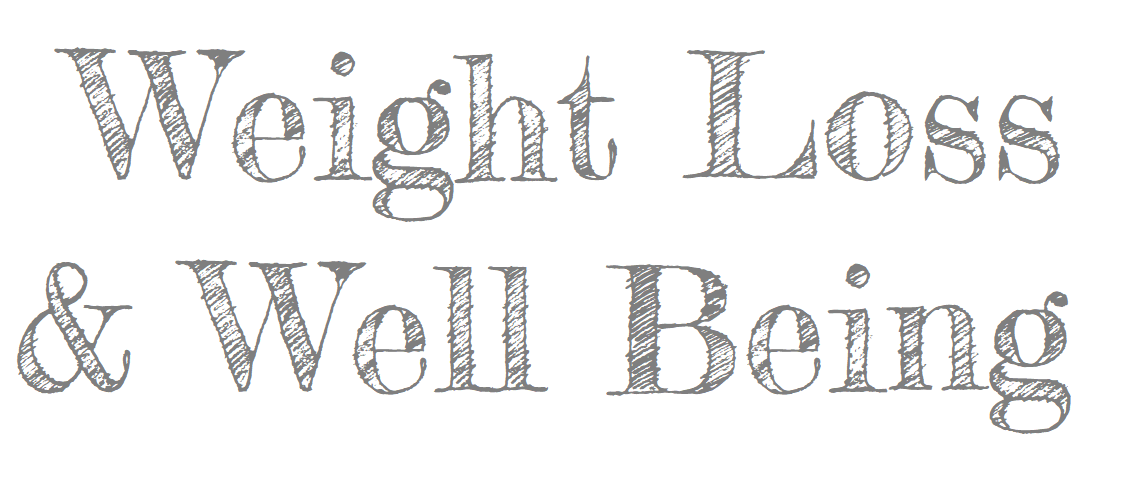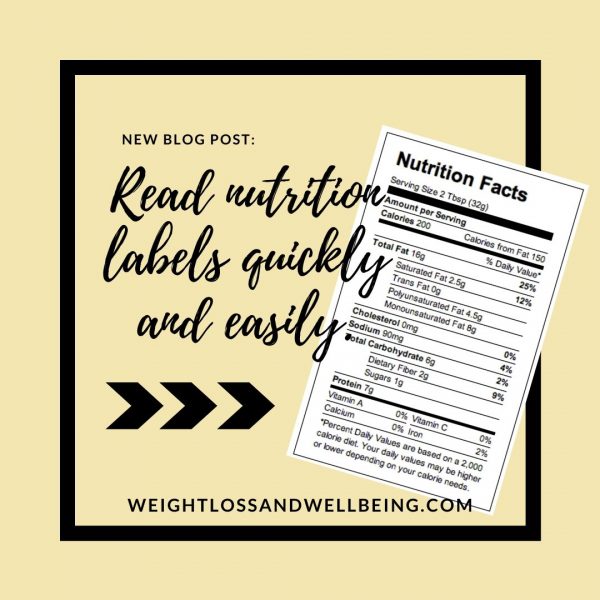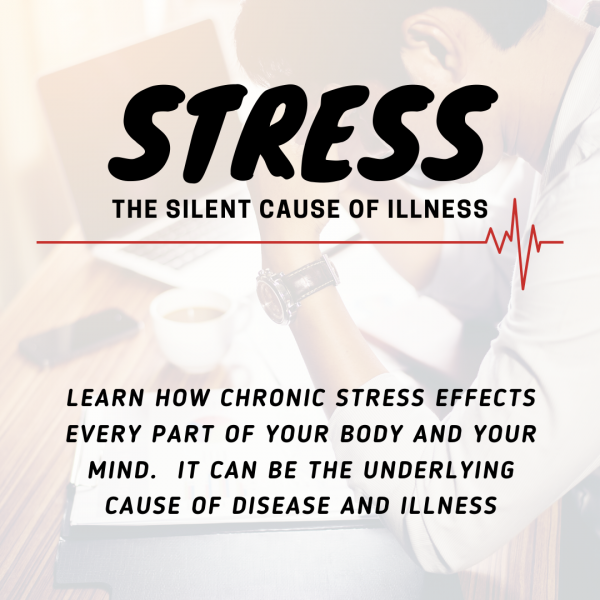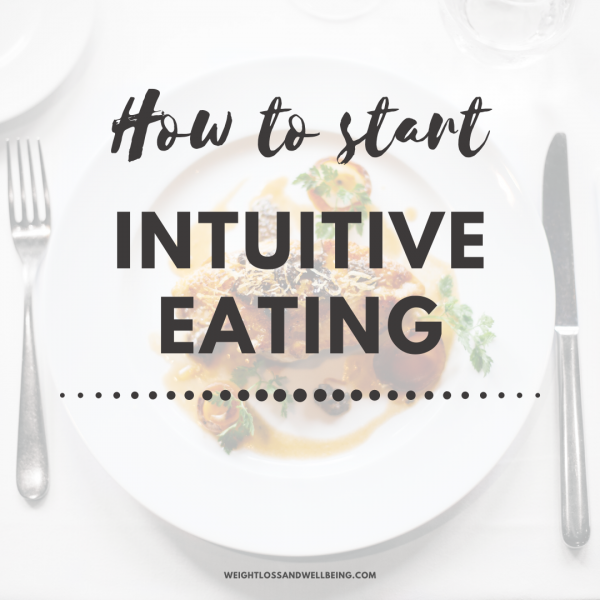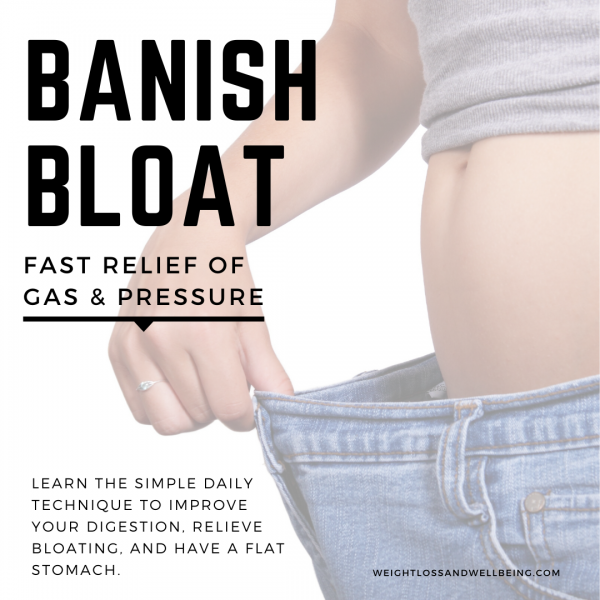You have to read nutrition labels if you want to be healthy and fit. When I first started trying to count calories, it almost seemed like they were in a different language. But once I figured out what to look for, they got a lot easier to read.
Please note, this post contains Amazon Affiliate links that generate revenue for the site, at no additional cost to you, should you utilize one of the links.
I am a pretty efficient shopper. It’s become a personal challenge really, to see how quickly I can get in and out. I come armed with a list organized by areas in the store. So trust me when I say, I am in and out as quickly as possible.
So when I first started changing the foods I cooked and ate in order to cut calories, there was a serious learning curve. A shopping trip that once took 20 minutes now took at least double. There are so many different types of products, let alone brands
And it took so much time to read read and compare the many nutrition labels and packages. And that doesn’t include price, because of course that’s important too.
The nutrition labels themselves were a challenge. There are so many numbers and percentages. None of which made sense at the time.
There was quite the learning curve to get back to my speed runs, but I have successfully managed it. I’ve learned the few important items I am looking for when considering foods to choose.
What are nutrition labels.

Packaged foods sold in the United States are required to have a nutrition label, especially if the product makes health claims. They are a uniform style and the information will always be presented in a specific order.
All of the information presented on the label, including the percentages, are based on a 2,000 calorie diet. This number is just an average chosen by the FDA. If you are trying to lose weight, this is probably too many calories. So make sure that you are calculating your unique calorie requirements based on a calculator like this one.
For the examples below I will be using the nutrition label from my favorite Adam’s Peanut Butter shown here. It is an all natural peanut butter meaning there is no sugar and the only ingredients are peanuts and salt.
(Yes, peanut butter should only be one ingredient, not 15 like Jiff peanut butter.)
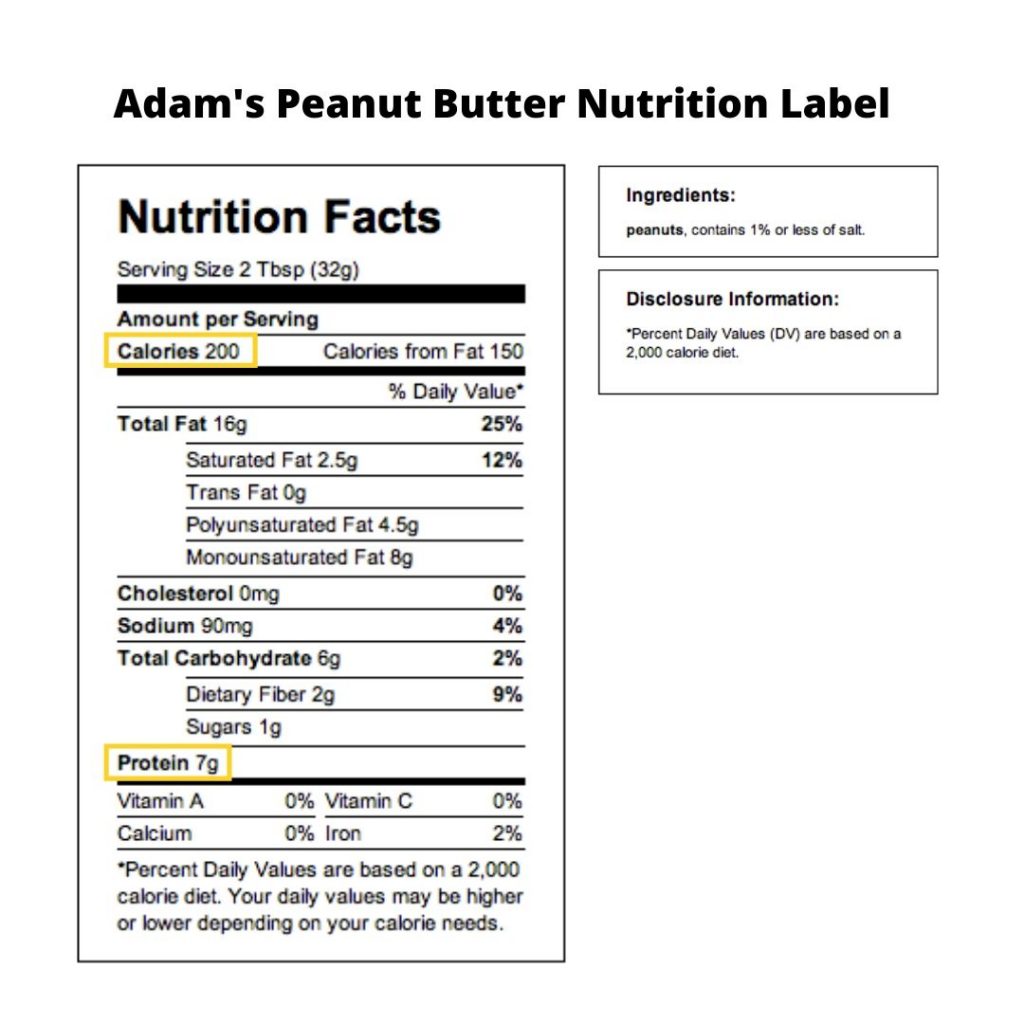
What I look for on a nutrition label.
Below are the things that I have compiled over my learning and research, however please always defer to your medical professionals and the FDA’s website.
1. Calories
Calories are king, as always. If you’re not quite sure what a calorie is, start here.
The caloric density of foods is the single most important piece of the puzzle if you are trying to lose weight. Once you are maintaining a healthy weight, the quality and nutritional content of your food becomes more important.
However, once you get the understanding of how many calories are in certain foods and what their appropriate portion should be, you can do a lot less reading. But I suggest actively counting calories for a few weeks just to get the idea of the caloric density of the foods you eat.
2. Protein
Protein is the most important of the three macro nutrients. It plays a huge role in satiety and how long you stay full for after eating. Studies have shown increasing protein intake alone can increase weight loss. People tend to eat less when they are satisfied for longer.
Protein is also a key component in building muscle. If you are in a calorie deficit, it is very important to monitor your protein intake to ensure as little muscle loss as possible. Foods like meat, dairy, and beans are great sources of protein.
3. Fats/Carbs
Fats and carbohydrates are the other two macro nutrients and are both equally important. Fats are needed to keep your hormones functioning well. Whereas carbohydrates are an excellent form of quick usable energy for our bodies and our brains.
Make sure to eat whole, real foods like full fat yogurt and cheese, whole grains like farrow and oatmeal, and delicious avocados and coconut milk.
4. Sugar
This is one of the most overlooked items on the nutrition label, but it is so important. It is shocking how much sugar is added to foods that don’t need it like breads, rolls, yogurt, meats, and cheeses.
I try to avoid as much added sugar as possible. Recent research like this article show a evidence for a possible link between increased sugar consumption and risk for diabetes, high blood pressure, and cardiovascular disease.
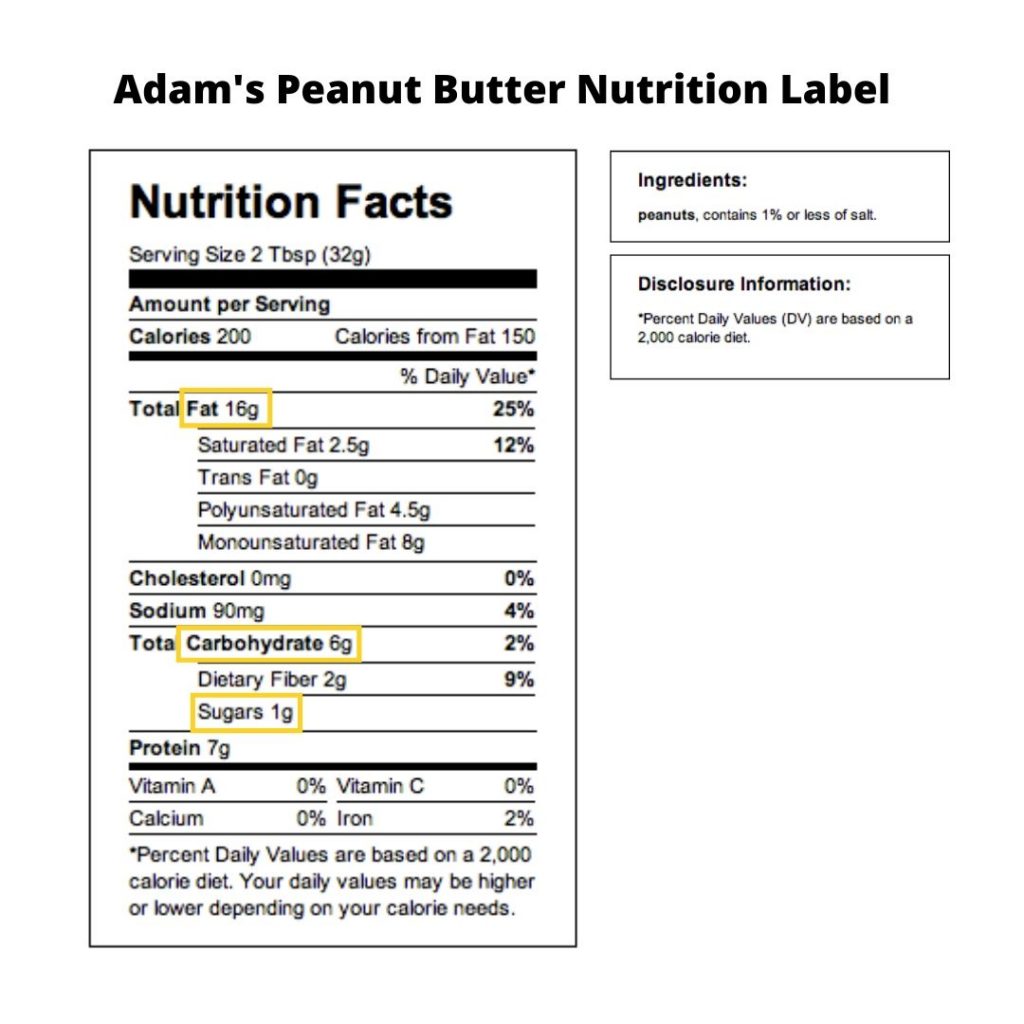

5. Serving Size
Taking in the serving size is super important to accurately count your calories. I was definitely guilty of eye-balling portion sizes, and was shocked when I actually used a food scale. If you don’t, odds are you are overestimating. If you’re not seeing a loss and think you’re in a deficit, make sure you are weighing and measuring your portions.
It is so easy to over-pour or over-scoop. And even a few extra splashes of oil can throw you off by 100-200 calories. That could be your entire deficit if you’re being sustainable.
6. Ingredients
The last thing I always check are the ingredients. I prefer to eat fewer processed and imitation foods. So I always check to see how many ingredients the food has and whether I can recognize them or not.
I’m also looking for things like High-Fructose Corn Syrup, food dyes, and other specific ingredients I like to stay away from. If you have allergies or sensitives make sure to always check, because you’d be surprised what they sneak into certain foods.
